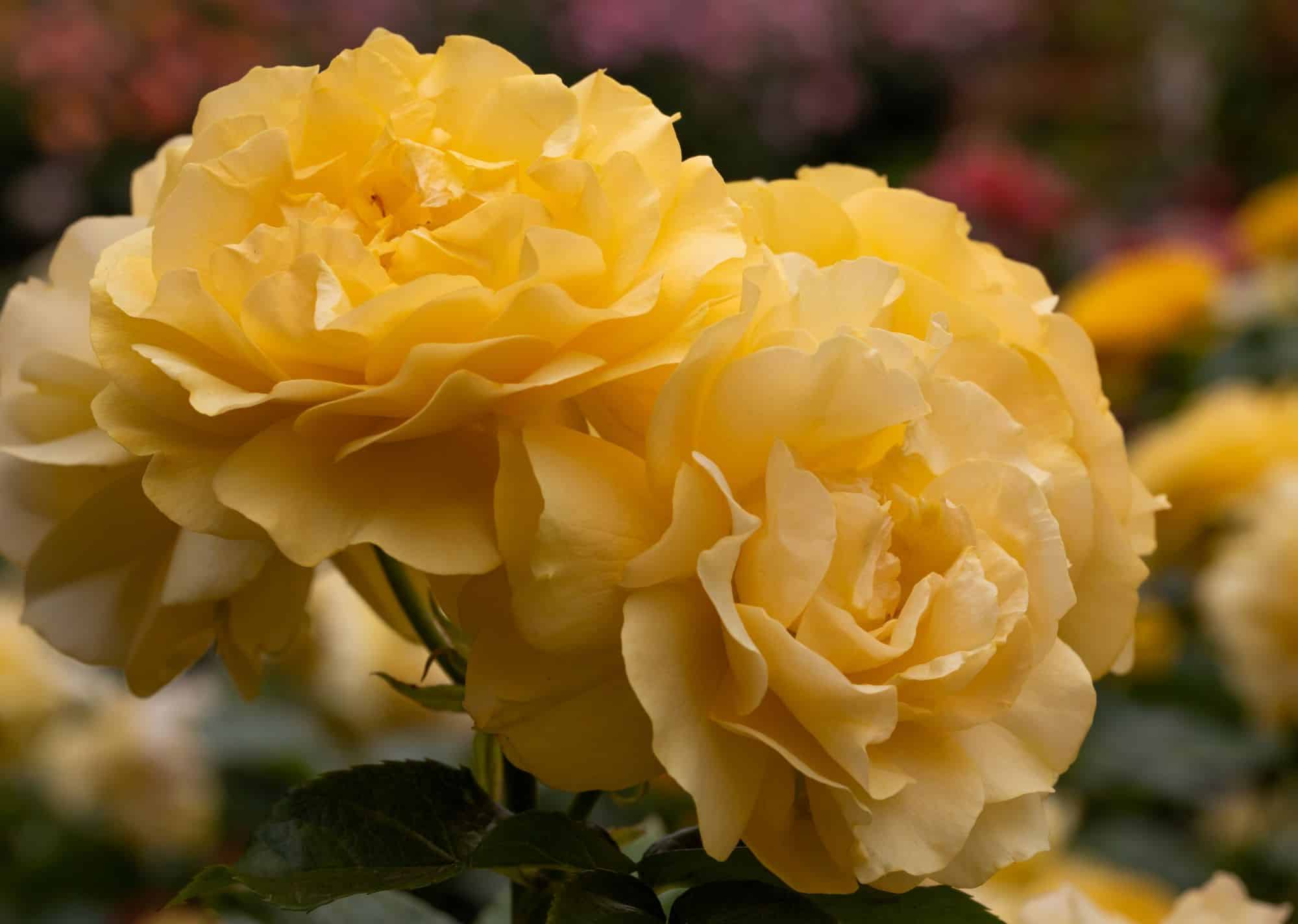
The best roses are truly the superstars of garden flowers. They are revered all over the world for their beauty. As a lifelong gardener, it was difficult for me to select the 10 best roses to grow in a backyard garden. Many great roses didn’t make the cut. (Such is the downside of creating a Top 10 list!)
All of the roses on my best roses list have edible petals. In fact, these roses have delicious edible petals. That’s one of the reasons they made this list of Top 10 Roses. (Just cut off the white part at the base of the petals, which can be bitter.)
If you would like more information—including six recipes that use edible rose petals—read Garden Roses: Queen of Edible Flowers.
A word about growing roses
All roses need full sun, preferably at least 6 hours of sun per day. Roses prefer to grow in moist, rich, sandy, well-drained soil. Rose bushes also like to be mulched with a 3-inch-deep layer of organic mulch.
Roses like to be watered deeply but infrequently—perhaps once or twice a week. Apply water directly to the soil around the plant. In the growing season, a rose bush should receive at least 1-inch of water a week—and more for newly planted roses and when the weather is very hot.
To avoid fungal problems, water early in the day. This will give the leaves that might get splashed a chance to dry.
Control rose diseases
Although there are many pests and diseases that can affect these top 10 best roses, you don’t need an array of chemical controls. I have been successfully growing roses organically for nearly 40 years. Several of the Safer brand garden products are staples in my rose care regimen, including insecticidal soap.
I also use a homemade mixture of 1 Tbs. baking soda dissolved in a gallon of water with 3 drops of Ivory liquid. This mixture is sprayed on both sides of the leaves every 4 to 7 days to control blackspot. I have also applied milky spore to all cultivated areas (lawns and gardens) to control Japanese beetles.
Fertilize roses
Roses are heavy feeders. My established roses each get a “spring tonic” every year, consisting of a top dressing sprinkled around the base of each plant. Use 3 cups compost or well-rotted organic matter (manure or leaf mold), ½ cup rock phosphate, ½ cup bone meal, ½ cup blood meal and ½ cup greensand. Then add 1 Tbs. Epsom salts to a gallon of water, mix well, and pour over the tonic.
During the growing season, give the plants a liquid foliar (leaf) feeding every two to four weeks until August. (Follow package instructions for proper dilution.) Always apply foliar fertilizer in the morning, to give the leaves a chance to dry out during the daytime. Check availability of organic rose fertilizers here.
The 10 best roses for your backyard garden
It was impossible for me to choose just one rose to be my absolute favorite rose of all time. So, I took the easy way out and listed my Top 10 Best Roses in alphabetical order.
Without any further delay, here’s the list!
Apothecary rose (Red Rose of Lancaster)
Rosa gallica officinalis
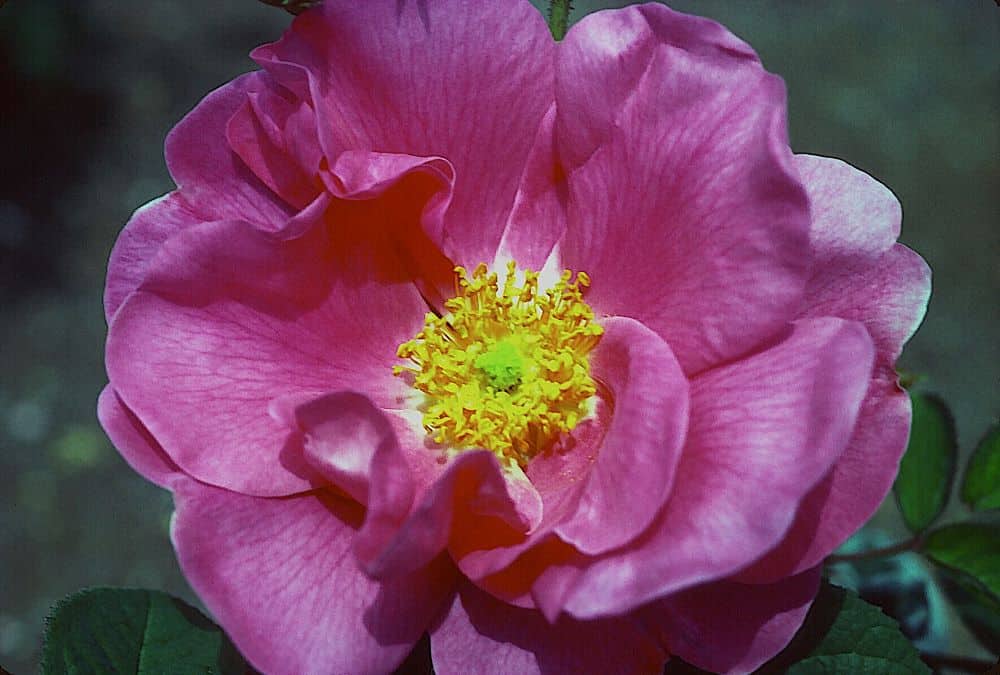
This species rose dates to the 16th century, so it has been delighting gardeners for almost 500 years! A species rose is one that is found in nature (so it was not created by hybridization). They have simple flowers with fewer petals. But to me, that doesn’t make them any less beautiful.
Apothecary rose produces light crimson, semi-double blooms that surround golden stamens in early summer. It has an “old rose” fragrance and flavor. Truly deserving of the best roses list. It grows well and is cold hardy throughout USDA zones 4-10.
Beach rose (Japanese rose)
Rosa rugosa (and the white-flowered Rosa rugosa ‘Alba’)
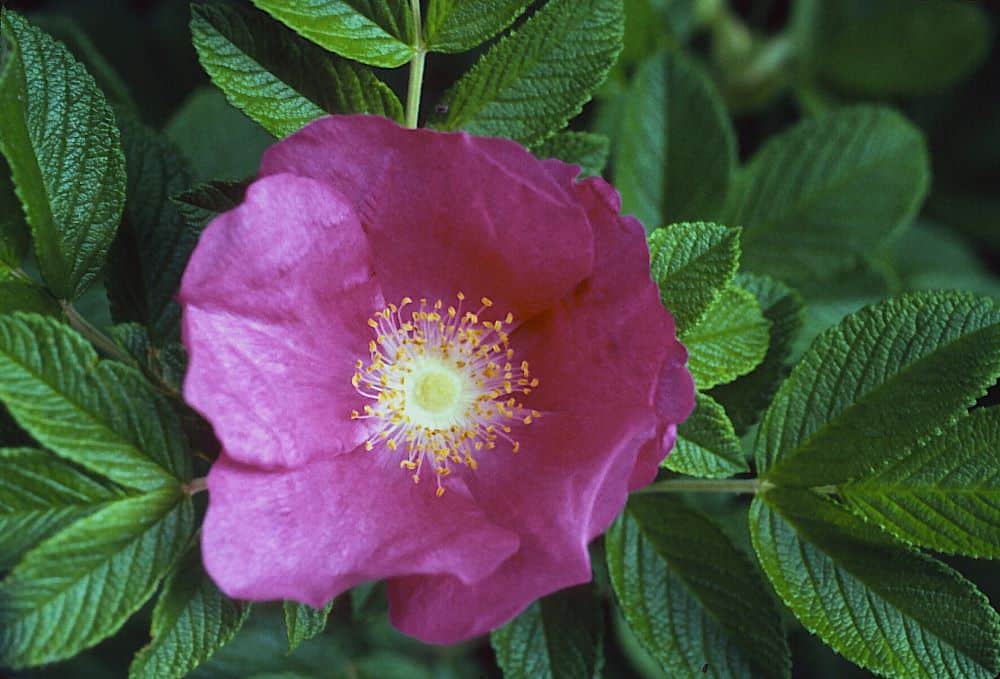
Beach rose is another classic species rose with deep rose-pink, single flowers from May to July and large red-orange hips (edible fruit) from late summer through fall.
The unique wrinkled leaves and very thorny stems make Beach rose a good barrier hedge. The rose-pink bush and the white-flowered ‘Alba’ version are both quite salt tolerant. The flowers have a sweet rose scent and flavor.

Beach rose makes my Top 10 Best Roses list because it is an especially rugged and cold-hardy rose. It grows in USDA zones 2 to 7.
Flower Carpet® Red rose

A groundcover rose was a new concept in the mid 1990s. That’s when Flower Carpet Red was introduced to the gardening public. It was developed in the tough growing conditions in Australia, and it forever changed the way we think about roses.
Flower Carpet Red forms a low mounding bush, covered with velvety, deep carmine-red petals surrounding bright yellow stamens from spring to frost. It is a prolific bloomer, and it is disease resistant. The flower has no fragrance, but the petals have a nice light rose flavor. Zones 5 to 9.
Graham Thomas®

This David Austin (English) climbing rose was voted “The World’s Favourite Rose.” Graham Thomas is a climbing rose that can reach 12 feet tall when growth against a trellis or other structure.
The distinctive yellow blooms begin in late spring, with flushes of flowers throughout the summer. The flowers have a fresh tea fragrance with hints of violets, which is echoed in the flavor of the edible petals. Grows well in zones 5 to 10.
Julia Child™
(known in the UK as ‘Absolutely Fabulous’)
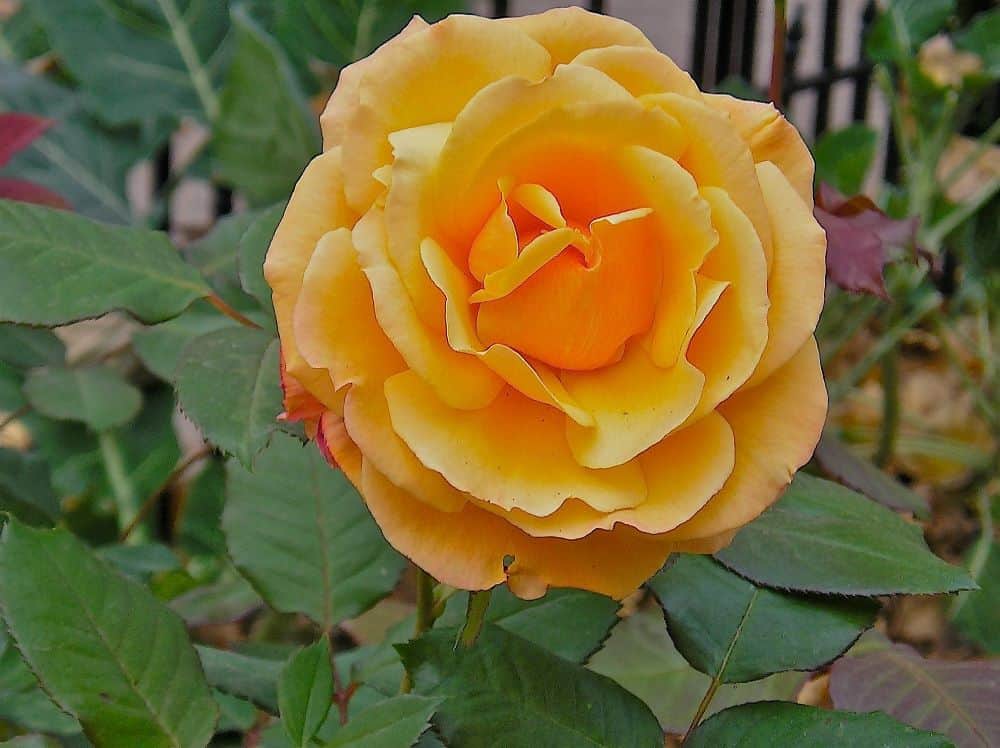
Julia Child herself chose this beautiful floribunda rose with its bold, buttery, golden yellow blooms to be her namesake. Like the French Chef, this rose is bold and keeps going nonstop—blooming for as long as five months.
I was fortunate to spend hours with Julia Child as my seatmate on a bus trip during a culinary professionals meeting in 1994. We spent much of that time talking about edible flowers. So, I believe that she chose this rose not only for its slightly spicy, licorice-clove fragrance but for the unique flavor as well. Zones 5 to 9.
‘Mirandy’
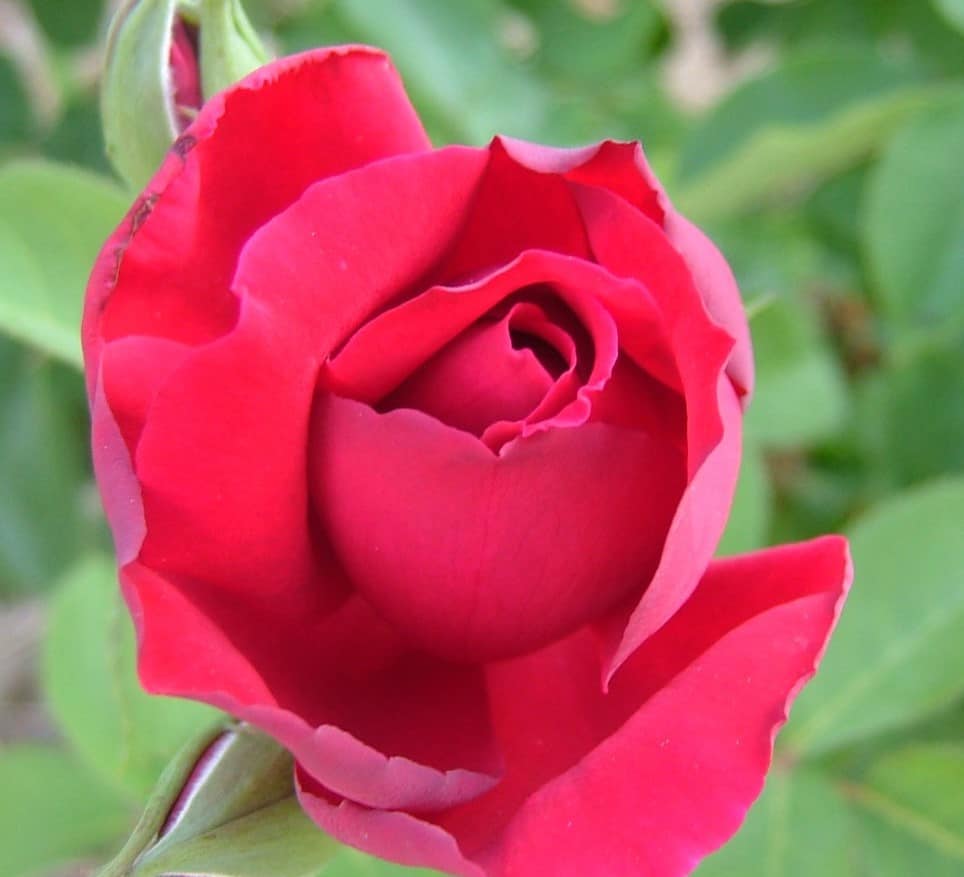
This hybrid tea rose has deep garnet-red, rounded, double flowers that become darker as they mature. Mirandy blooms beautifully from spring to fall.
Vigorous bushy growth with leathery, dark green leaves. Very strong, old-fashioned Damask rose fragrance and sweet rose flavor. Zones 5 to 9.
‘Mister Lincoln’
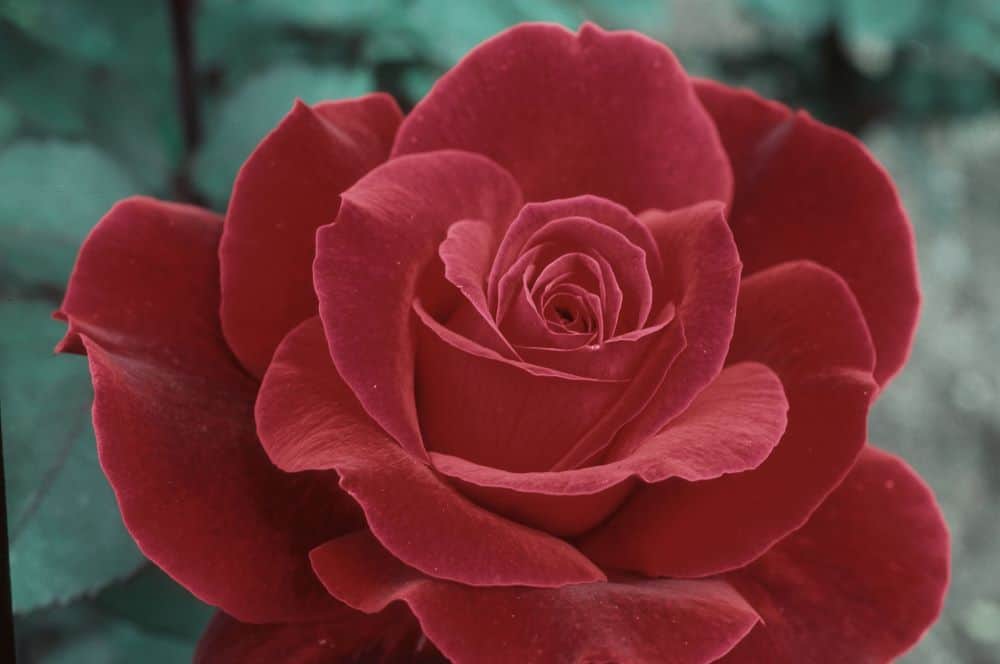
Hybrid tea roses are not usually very hardy, but this one is as tough as its namesake. And it is a showstopper. The beautiful double flowers are large, and the velvety, deep-red blooms continue from late spring until frost.
Hybrid tea roses are famous for their pointed buds that slowly (and dramatically!) open to reveal the entire flower. Mister Lincoln flowers are extremely fragrant with an old-fashioned Damask rose scent that draws you in. So does the bold rose flavor of its gorgeous petals. Cold hardy in USDA zones 4/5 to 10.
‘Queen Elizabeth’
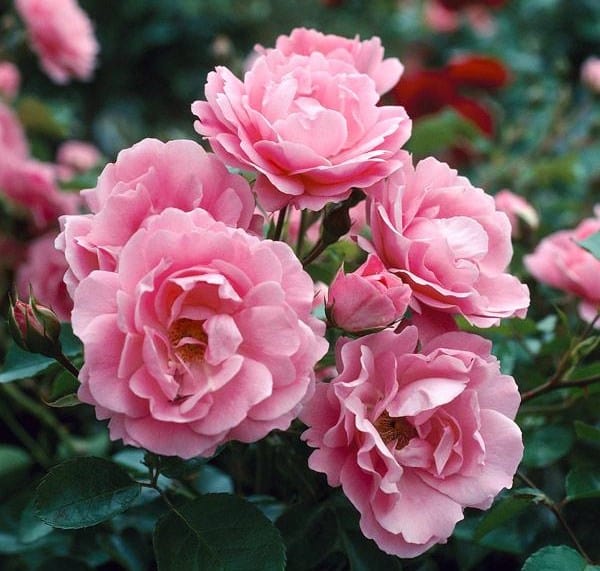
Everything about the Queen Elizabeth grandiflora rose is as regal as its name implies. The silvery pink blooms are stunning, and so is the almost columnar habit. This bush can grow to nearly 10 feet high and stay just 3 feet wide.
The large, leathery, dark green glossy leaves create a dramatic background for the pink flowers, and the bush boasts impressive disease resistance. Flushes of bloom cover the plant from late spring to early fall. The sweet fragrance is that of an old-fashioned rose, as is the flavor. Zones 5 to 9.
Touch of Class™
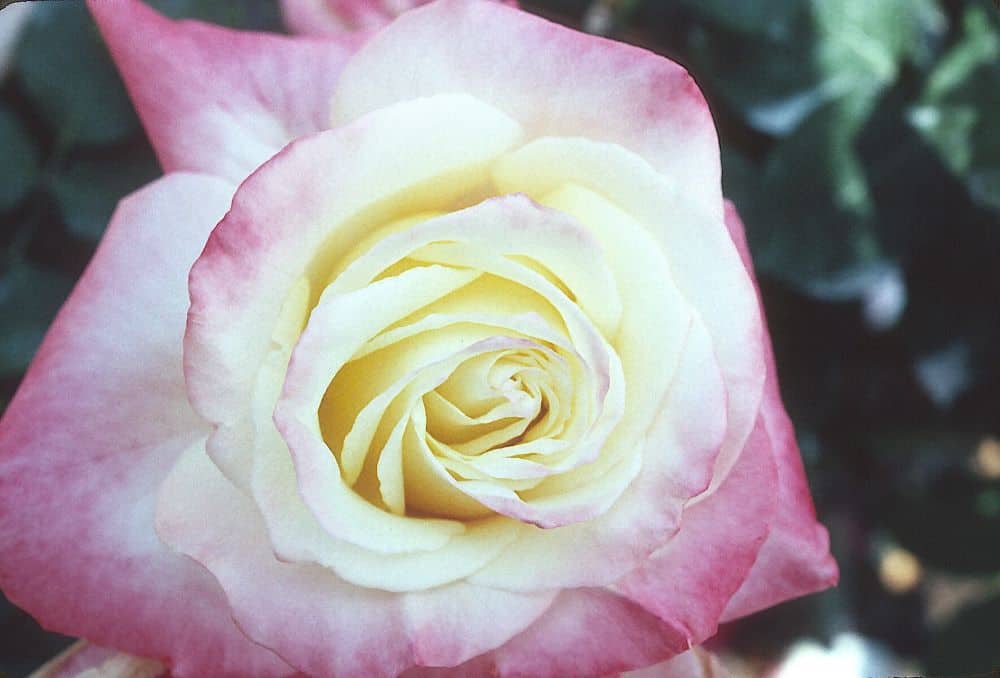
Touch of Class is considered by the American Rose Society as one of the finest hybrid tea roses in the world. The unique color blend of orange, pink, and cream flowers on very long stems creates a truly eye-catching display against the mahogany leaves that mature to deep green.
Touch of Class blooms continuously from late spring to fall. Sweet, slightly fruity fragrance and flavor. This rose is also quite heat tolerant, but it is less cold tolerant than many roses. USDA zones 6 to 10.
Yellow Lady Banks rose
Rosa banksiae lutea
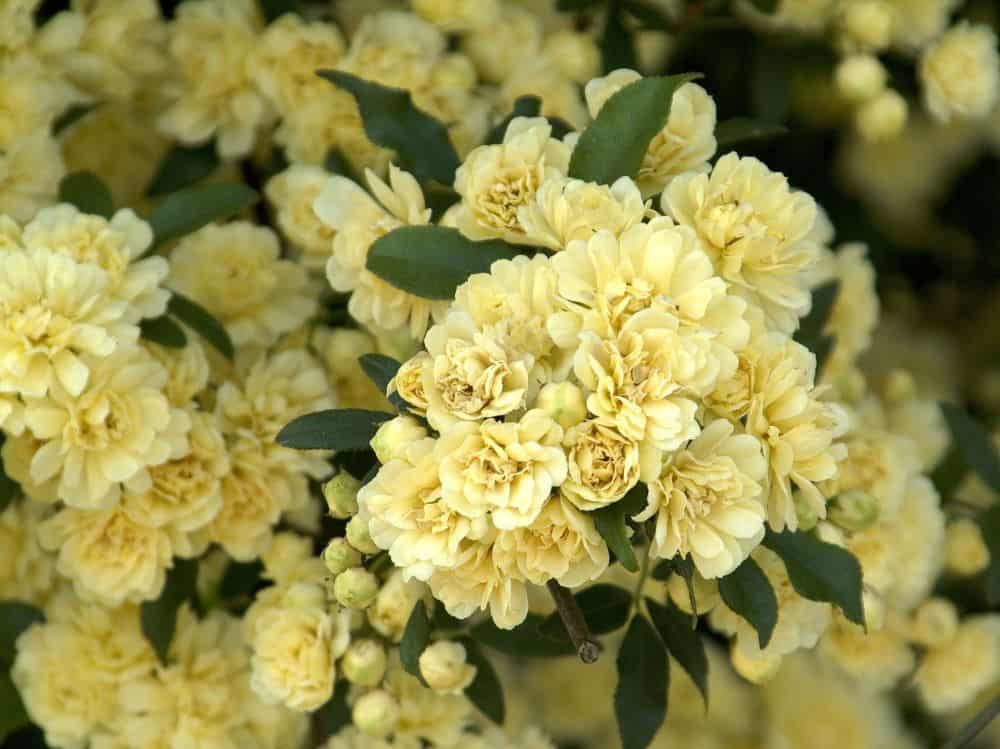
Alas, I have never lived in the warmer climates where this incredible wild rambling rose grows. But over the years I have been awestruck seeing it in full bloom in both England and California.
Vigorous does not begin to describe this climbing rose with rich green, semi-evergreen foliage on thornless, slender branches. Thousands of miniature, buttery yellow double blooms put on a jaw-dropping display in spring. Long-lived, it spans generations of homeowners in its native England. Lightly violet-scented flowers have a very mild rose flavor with a sweet-violet overtone. Zones 7 to 9.
For expert tips about growing beautiful flowering clematis, read Debunking Clematis Myths.



I love this list! Please consider updating it to include how “thorny” and how easy to grow, each variety is.
I’d love to know what your favorite tasting roses are, that are “thornless”, and fairly easy to grow.
Thank you so much for the inspiration.
Terri–
Check out our story on edible roses here: https://homegardenandhomestead.com/garden-roses-queen-of-edible-flowers/
Randy